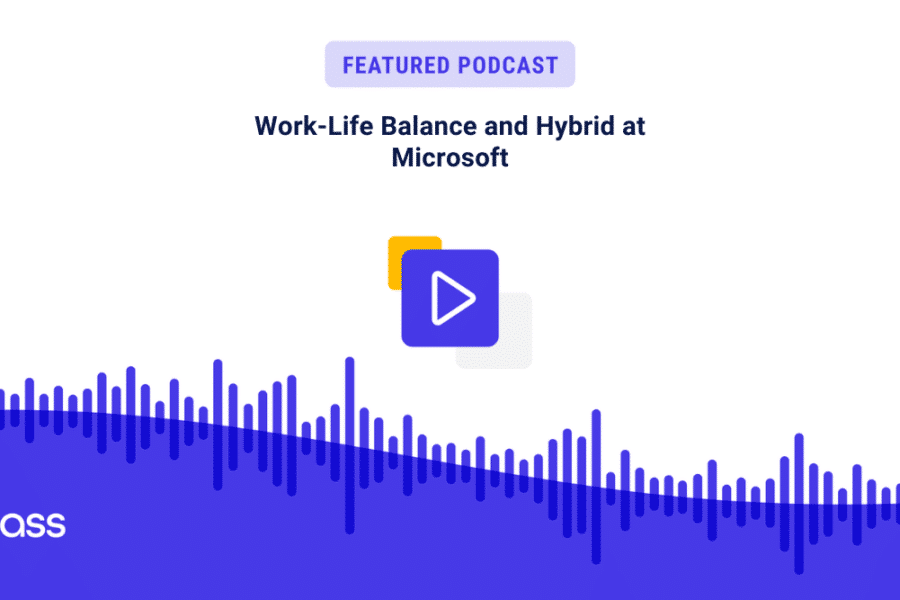
Mike Lovell is the SVP of Marketing at Class. He has dedicated his career to technology and the applications that can innovate the way people live and learn.

Mike Lovell is the SVP of Marketing at Class. He has dedicated his career to technology and the applications that can innovate the way people live and learn.

Class is the proud sponsor of RedThread Research’s Adventures in Hybrid Work podcast season. As the season progresses, we’ll share what we have learned from leaders who are at the forefront of hybrid work.
In this episode, Dani Johnson and Stacia Sherman Garr from RedThread, connect with Dawn Klinghoffer, Vice President, HR Business Insights at Microsoft. Over the past few years, Microsoft has published a ton of insights into work patterns, including the excellent Great Expectations: Making Hybrid Work Work, so it’s fascinating to hear from Dawn about what hybrid work looks like and means at the company.
As Dawn explains, three factors govern Microsoft’s hybrid work policies. One is the amount of time spent working in the office; the second is the location you’re working (have you moved during the remote work period?); and, third is the number of hours you work (are you full- or part-time?). Microsoft allows employees to work up to 50% remotely, with no need for approvals. Over 50%, you work with your manager for approval. For location changes and shifts from full- to part-time, discussions are escalated to the VP level.
Microsoft, like many organizations, has understood the critical role managers have played during the remote work period in connecting employees to the company. Model, coach, and care are the core behaviors Microsoft expects from its managers. On the topic of hybrid work, Dawn explains, Microsoft encourages managers and employees to have intentional conversations. These conversations are less about the transactional negotiations about when someone is in or out of the office and more about the flexibility required to be productive. What the company has found is that 97% of managers have been supportive of their employees’ workstyle preferences.
It’s the great debate these days: whether collaboration is required for productivity at work. Dawn shares her perspective: sometimes, people confuse collaboration with productivity, and they’re not the same thing. As she puts it: “I’ve heard this notion that you have to be collaborating to be productive—that is definitely not the case. And, when people talk about working, they mix that up sometimes with collaboration: working, I can be in my Excel spreadsheet working away and my Teams can say that I am away, and that doesn’t mean that I’m not being productive.” Referencing a recent article she wrote for Harvard Business Review, she points out that Microsoft encourages employees and managers to block and protect focus time on their calendars as a way to promote work-life balance.
One of the benefits of working from home Dawn shares is more time for learning. She has replaced commuting to the office with walking and listening to podcasts. She then often shares what she has learned with her colleagues, creating conversations around important topics.
Check out the RedThread Research website for the full show notes and transcript. You can also subscribe to the podcast on your favorite service. Search for “Workplace Stories.” On June 29, we’ll be joining the RedThread Team to review the whole season in a live panel discussion.

Mike Lovell is the SVP of Marketing at Class. He has dedicated his career to technology and the applications that can innovate the way people live and learn.

Mike Lovell is the SVP of Marketing at Class. He has dedicated his career to technology and the applications that can innovate the way people live and learn.
Get our insights, tips, and best practices delivered to your inbox

Sign up for a product demo today to learn how Class’s virtual classroom powers digital transformation at your organization.

Features
Products
Integrations